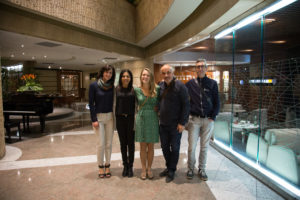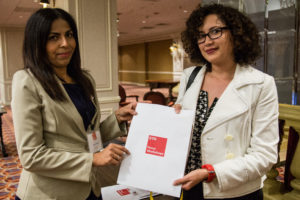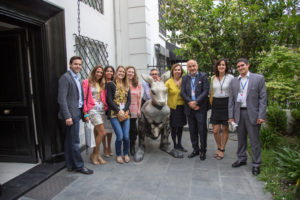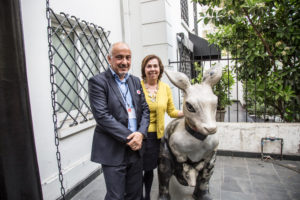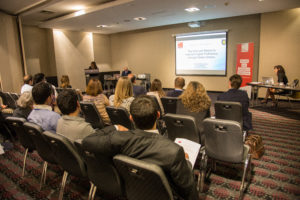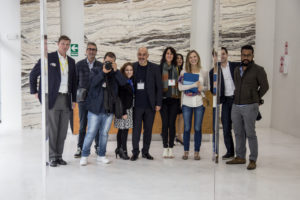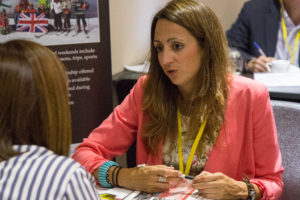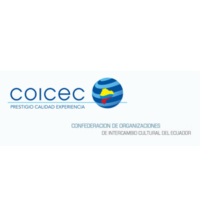Checklist For International Student Offices: Language Diversity
Internationalisation of your student mix can be achieved through various dimensions. You can seek to recruit people from different countries, regions or continents. Or, you can seek to be more inclusive for students from a specific ethnic background.
What we tend to overlook, though, is the most obvious dimension – language diversity.

So, why should you care about language diversity on campus?
First of all, language is the most important tool for connection. Students speaking less common languages will appreciate someone they can easily connect with on a personal level.
Second, language is a vessel of culture-specific concepts that only members of the same background can understand. It could be a whole set of words for different kinds of snow or names of local meals. All of it transfers cultural knowledge and heritage relevant to a specific area.
Over 400 languages have become extinct only in the past century and more will follow if we do not take action. Every opportunity to practice language, especially a less-common one, is a precious step towards keeping this language alive. Language is a living organism sustained through usage. If there is no usage, it dies. Therefore, translating academic terms into local languages is just as important as making research. If scientists do not share their findings in their mother tongue, their countries suffer a terrible loss of knowledge.
What to do in order to have a bigger diversity of languages on campus?
Of course, focus on this on the next recruiting strategy update and provide bilingual students with welcoming campus.
In most universities nowadays, you will find that the majority of courses are available in English, Spanish, Chinese or Arabic. That is no surprise, as these are the languages that have the biggest numbers of speakers in the world.
The standard approach towards international students is offering courses mostly in English. There are the courses in local languages, and then there are several programs for English-speaking international students. Of course, the desire to enrol to an exciting program in another language is also a great motivator for students to learn that language.
What if we rethink the structure and try to build bilingual or even trilingual campuses? Just think about it. Local students will be able to learn in additional languages and thus become polyglots. International students, on the other hand, will have a lot more courses to choose from. The bigger choice you offer, the more international students will be attracted by your institution. The more international students, the greater diversity you bring into your international environment.
Ok, how to do it?
Start slow
Every year try to introduce at least one or two additional courses in your target language. Don’t forget fields like STEM. As we already know fewer STEM students choose to pursue education abroad mainly because there are few STEM programs available in non-local languages.
Think big
International students often have trouble studying simply because there are not enough courses to chose from. If they study social sciences, they will get introductions to psychology or sociology. All the advanced stuff, however, would be most likely available only in the local language. So seek to create programs that give your international students more freedom to enjoy fully rewarding study experience.
Don’t forget the details
A truly international campus cannot exist if there aren’t enough opportunities to practice various languages daily. In what language is your cafeteria menu? What kind of door signs do you have? Think about the details, about all the small daily experiences your international students have, and then think how you could improve all that.
 Invest in faculty and staff
Invest in faculty and staff
There is no educator that wouldn’t love to learn. Make sure that people who work with you have enough opportunities to improve their language skills. Allow them to put these skills into regular practice. Why not even switch roles and allow your international students to become teachers for a day?
Would you agree that language diversity is one of the key elements for true happiness on campus?
How do you try to ensure that your university celebrates the richness of different languages?
What kind of methods do you use?
Share your thoughts with us!





















